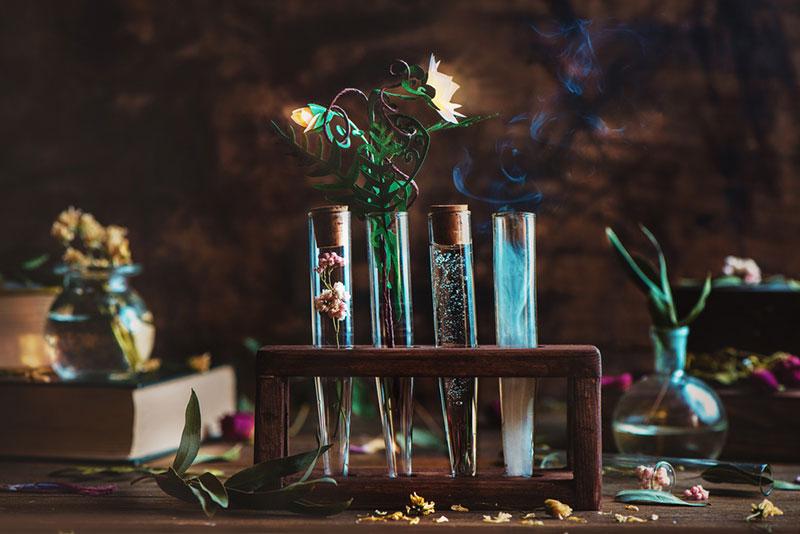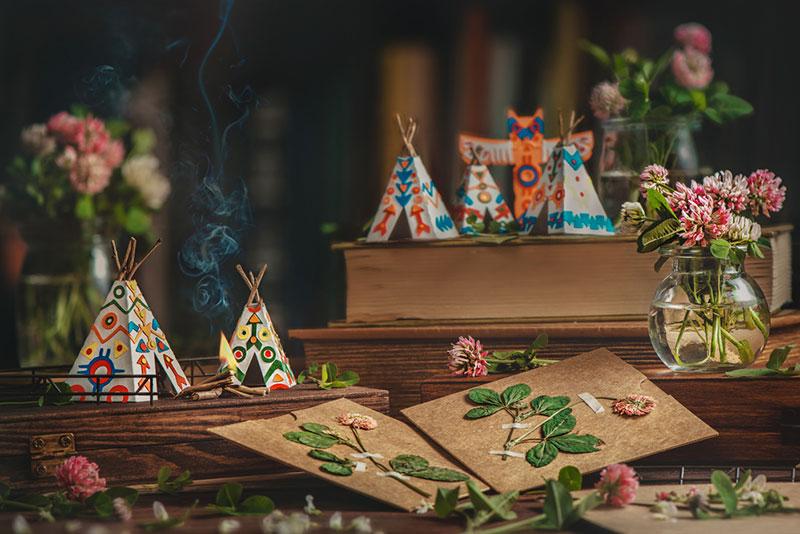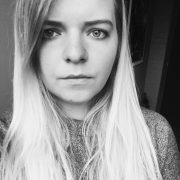In My World of Inanimate Objects: Interview With Dina Belenko
Dina Belenko is one of our notable contributors from the Focused Collection. Her portfolio of works is magical in every sense of the word. From whole stories captured in one image, to shots of lively inanimate objects – Dina invites us into her world. It’s magical, imaginative, and playful for all the right reasons. Here are Dina’s story and her brilliant portfolio of work.
Tell us a little bit about yourself and your professional career.
There is one phrase I always use to introduce myself, it describes me precisely: “My name is Dina and I tell animate stories about inanimate objects”. I’m a person with little paper cities, sugar cubes, moon from polymer clay, doll’s miniatures, broken cups, handmade Rube Goldberg machine, repainted puzzles, wire trees, cardboard dragons, and spilled coffee. And with a photo camera. That’s quite essentially me.
I received a humanitarian education (Publishing and Editing at Far Eastern University of Humanities) and after graduation, I have been working as an editor in a local publishing house. But soon I realized what one thing that makes me truly happy is still life photography. So I left my editorship and became a freelance photographer. Since then, I did not regret a single second of this decision.
Oddly enough, my education was useful to me as a photographer: both in the technical part (the basics of image processing and prepress) and in the creative part (inspirational courses literature, aesthetics and cultural studies). I think it’s my dream to do book illustrations is a kind of desire to combine these two specialties together.
What does photography mean to you?
That’s my way to tell stories, to translate from language of inanimate things to a human language. Take a coffee cup for example. It may belong to an astronomer and reflect the stars or lunar eclipse. Or you may think of an artist who got oblivious and put brushes and pencils in a cup. Or a steam from a hot coffee can rise above it, and in this steam cloud kites or blimps might fly. You just need to ask questions. What does it look like? How it can be transformed? Who can use it? What if I make it liquid? What if I make it solid? Things are marvelous, especially simple ones. Coffee cups and cookies are so simple and common, they can get anywhere. And they can take a photographer anywhere with them. You may imagine yourself as an explorer, like David Livingstone, in a world of inanimate objects.
What would you say distinguishes your personal style of photography?
Maybe a belief that every single thing there is a sense of human presence, something invisible but clear. I often imagine myself as a movie director that gives orders to cups and cookies. It’s like I have a troupe of inanimate actors who could neither move nor speak, but still could create a narrative.
Your compositions are incredibly creative and imaginative. How do you come up with the ideas?
Sketch. A lot!
I don’t really believe in abstract inspiration. I believe in the inspiration that finds us during our work. So, I just sit down with my sketchbook, felt pens and a cup of tea and start to think: what could the next picture be? I can choose an abstract topic (e.g. sea, astronomy, travel, sweets), and find suitable objects to this story. Or, on the contrary, I can select an object (e.g. recently bought cups, magnifying glass or shell) and come up with a little adventure for it.
Thanks to all the narrative opportunities in the still life genre, I never got bored with my work. Well, I get bored with little things pretty quickly, but that’s why I’m constantly searching for something new. Tired of flying coffee cups? Get a dragon from candle flame, name him Lafayette, let him be your pet. Maybe, it’s a sort of wanderlust. The thing that keeps me moving is an excitement of a genre explorer.
What are some of your personal accomplishments in photography that you’re most proud of?
It’s still an Endless Book project.
It was initiated by illustrator Natalie Ratkovski. She gathered a group of artists, each one of them was creating their own Endless Book during the year. Every week, each member of the project created one illustration in any possible technique (photographs, watercolors, computer graphics, etc.) on any possible theme. There’s only one condition – the illustration on the previous page should flow smoothly into the next one, so there should not be visible seams or rough blends. So, at the end of the year, each participant will have a large panoramic image, an endless book that will consist of 52 images, and can be continued.
My book is about outer space, chocolate cookies, dreams of interstellar flight, coffee, cupcakes, and meeting aliens. I felt like it’s a fruitful theme for a long series. I’ve never made such a long series before so I had to find a theme that may give large variations of objects and stories. Space fit perfectly 🙂
I think that space is surprisingly a great theme for still life photography — food and science (including astronautics) are perfect themes to combine. After all, cooking sometimes looks like alchemy (especially for people who are not good at cooking), something fantastic and magical. And alchemy evolved with time to chemistry. So it’s a pretty close relation, don’t you think?
Do you have a personal favorite image from your portfolio?
Coffee Balloons. I had such a fun time making all these splashes!

What camera do you mostly shoot with? How important is gear for stock photographers?
Nikon D800. Well, that’s not important for me. I want it to be easy to use and that’s all.
How do you take passion for photography and turn it into a full time job that’s rewarding?
I was interested in photography since graduation from high school. I didn’t want to become a professional photographer, I just had a hobby. I was shooting portraits of my friends (and now I think it is a good thing to start with), flowers, landscapes and anything I saw. There wasn’t a photography genre I hadn’t tried. Maybe I just liked the sound of the shutter.
In the course of time, I started to take photography more seriously, started to think about what I want to say with my pictures, to plan shootings, draw sketches and pay attention to minor details. I began to control more and more aspects of my work.
Call me a control freak, but I fell in love with it. I found out that what interests me lies not in tracing some events and retelling stories of some happenings, but in creating tales of my own and the easiest way to do this is when you have control over all the objects in your shot. And I understood that still life photography is something I can become good at. At least, theoretically. So I decided to make it my profession.
How do you get inspired? What are some of the things you do to get inspired to shoot?
I strongly believe that the best way to find inspiration is to look outside your trade. We are all compelled to seek inspiration inside our own professional field. Visual art, cinematography, that sort of thing. But what about literature and music? What about podcasts and poetry? I have a photo that came to life solely because of one line of The National song. And you can never tell which one if I don’t point it out. Broad-mindedness is essential for inspiration. So, I’m trying to not limit myself to photography knowledge and learn something interesting about biology, cognitive science, or dancing. This is the most reliable way to forget about creative block forever.
What are you looking for in a great picture?
Narrative. A clear story with beginning, middle, and end. You’d often hear that the most important thing in photography is a story. I’m no exception. Find the motivation for each object in the scene, some integrating vector. What are these objects? How did they come here? Who brought them here? Who is the protagonist? What’s going on here? A good photo is like the climax scene in the movie. Looking at this kind of photo, the viewer will be able to see what happened before and can guess what will happen after. For your photo, invent a coherent story (with a beginning, middle, and end), and then simply capture a culminating point.
Your #1 tip or words of wisdom?
The most important advice I’ve ever got is “Always start with a sketch”.
Can we make it in a voice of Discworld Death? ALWAYS START WITH A SKETCH. Yeah, that’s better. I wish someone told me that earlier! It allows you to think about your character and your story, to ask important questions, to add cute details. I know there are photographers who can think of an idea on the run, but I’m definitely not one of them. So sketching and planning ahead is a core of my work and, for that matter, inspiration.
To see more work from Dina, visit her Facebook or Instagram page.


















